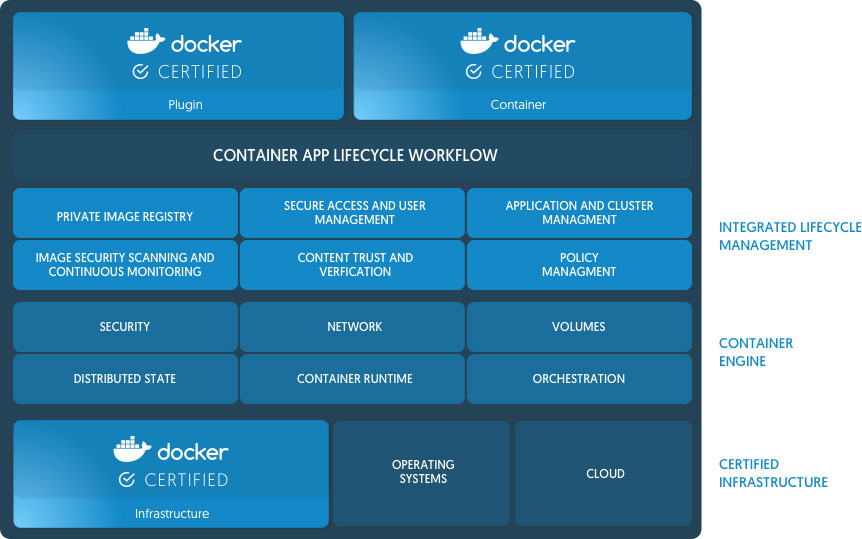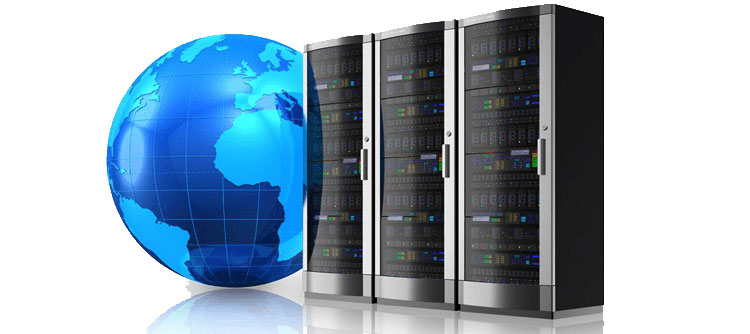
Docker Releases Enterprise Edition with Multi-Architecture and Multi-Tenant Support
On August 16, 2017 Docker announced the new release of Docker Enterprise Edition (EE). Docker EE is a Container-as-a-Service (CAAS) platform that provides a cross-platform, cross-architecture supply chain and deployment environment for software applications and microservices built to work in Windows, Linux and Cloud environments. The Docker container platform is integrated to the platform infrastructure to provide a native and optimized experience for the applications. Docker EE has the Docker tested and certified infrastructure, containers and plugins needed to run applications on Enterprise Platforms. The new Docker EE provides a container management platform that accommodates Windows, Linux and Mainframe apps and supports a broad range of infrastructure types.

How to install MySQL NDB Cluster on Linux
As discussed in this previous article about MySQL NDB Cluster overview, it is built on the NDBCLUSTER storage engine for MySQL and provides high availability and scalability. This article explains installation of MySQL NDB Cluster on Linux environment. The detailed documentation is available at the official MySQL Developer Documentation page.

Symptoms of a bad IT Architecture
How significant is the IT Architecture for your business
Every organization, SMBs to Enterprises, relies upon their IT architecture for running the business, its workflows, planning, processes, policies, principles, operations, services, projects and to fulfill their obligation towards value proposition. It is not merely the data storage and management system, as existed till the late 80’s but incorporates the complete domain of business management as of now. Right from the aim, planning, policies and principles, the IT architecture starts to play a significant and profound role in the organization’s existence, operations and development.

An Overview of MySQL NDB Cluster
The “Shared Nothing” Architecture and Database Sharding
It is a distributed computing architecture with interconnected, but independent computing nodes with their own memory and disk storage that are not shared. Compared to a centralized controller based distributed architecture, the SN architecture eliminates presence of a “single point of failure”. An SN architecture offers great scalability by adding as many nodes as wanted. The data is distributed or partitioned among the different nodes that run on separate machines. To respond to user’s queries, some kind of coordination protocol is being used. This is also called database sharding, where the data is horizontally partitioned. A database shard that contains a partition will be holding on a separate database server instance to spread load and to eliminate failures. In horizontal partitioning, table rows are separated, rather than as columns in vertical partitioning or normalization. Each data set will be part of the shard that is distributed across different database servers and also at different physical locations, if needed.

Galera Cluster for MySQL and MariaDB
Galera Cluster for MySQL is a MySQL multi-master cluster setup that uses the Galera Replication Plugin. The replication is synchronous so that any changes happened at any one master node is immediately replicated to other master nodes as broadcasted transaction commits. This synchronization provides high-availability, high up-time and scalability. All master nodes in the cluster are available both READS/WRITES. The Galera Replication Plugin provides automatic node control to implement dropping of failed nodes from the cluster and rejoining recovered nodes back to the cluster. This prevents data loss and clients can connect to any node, as decided by the Replication Load Balancer. Since changes are synchronized between all nodes, unlike conventional replication, there is no slave lag, lost transactions and client latencies are kept at a minimum level.

MySQL Server Replication Implementation
In the previous article of this series – Advantages of MySQL Server Replication, we have discussed the concept, basics and advantages of MySQL Server Replication. In this article, we will be seeing how to setup and implement a well configured MySQL master-slave replication for scalability and performance.
Read more
Advantages of MySQL Server Replication
Replication is a powerful feature in-built in MySQL Database Server. In replication data from the primary server (Master) is copied to one or more secondary servers (Slaves). The shared data can be all databases, a subset of databases or even tables only. This data replication is asynchronous, means that, slaves need not maintain connection to master all the time to synchronize data and request the latest version of data anytime they are configured to.
Read more